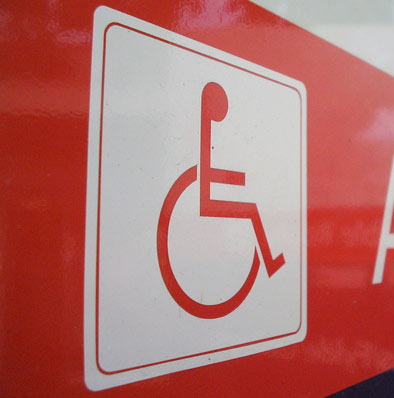Qualifying for disability benefits is often a tough and lengthy process. Currently, only an estimated 30-40 percent of all the initial disability claims filed in Washington are approved. Often, these claims may need to be appealed before they can be paid. Under both the Social Security Disability Program and the title 16 Supplemental Security Income program, one must meet the definition of disability used by the Social Security Administration in order to qualify for disability benefits. So how do you qualify for Disability Insurance? Besides developing a thick skin and bracing for a fight, below are some of the requirements that a claimant must meet in order to be considered to be disabled enough to qualify for disability benefits.
Do You Qualify for Disability Insurance?
1.
The person filing for a disability claim should not be working and earning a substantial income. If the disability examiners and judges find that the claimant is gainfully employed, they will rule that the person is capable of taking care of themselves. This disqualifies them from disability benefits. If the claimant is not gainfully employed, then the process moves to the next step.
You need to proof that you are severely impaired. If the claimant does not have a severe impairment, he is disqualified. If proven to be severely impaired, then the process moves to the next step.
2.
The person that is filing for a disability claim must have a condition that meets the approval standards of a medical condition enclosed in the Social Security list of Impairments. If the claimant has one of the listed conditions, the case will be approved. This is the final process and the claimant will receive disability benefits once they are through with this stage. In most cases however, most cases are not approved on the basis of a listing as the approval
3.
Criteria is honestly demanding. This is because there are numerous medical conditions that are not included in the listings. If this is the case, the claim is not rejected, it is moved to step 4.
4.
Is the claimant capable of performing their past work? At this level, the social security disability examiners are seeking to determine whether or not the claimant can be able to return to their past work. They do this by assessing both the medical and the work history of the claimant. This is the reason applicants are asked to provide information regarding their work history. If one is found to be able to return to their past work, the case will be denied. This past work simply means any kind of job they used to do in the 15 year period prior to becoming disabled. In most cases though, claimants will be found to be unable to return to their former work. In this case, the claim will be moved to the next and final stage.
5.
The claimant must be unable to perform any other kind of work, even if they cannot do their past work. This is where the process gets complicated. Apart from simply determining the claimant’s limitations that are as a result of the various conditions, the disability examiners consider other limitations including age, education and level of work skills.
This process will normally involve lawyers and medical examiners. If the claimants are found unable to do any other kind of work, their case is approved and the disability benefits are paid. If not, this means that they will need to continue pursuing their claims through the appeal system before finally receiving their disability benefits.


